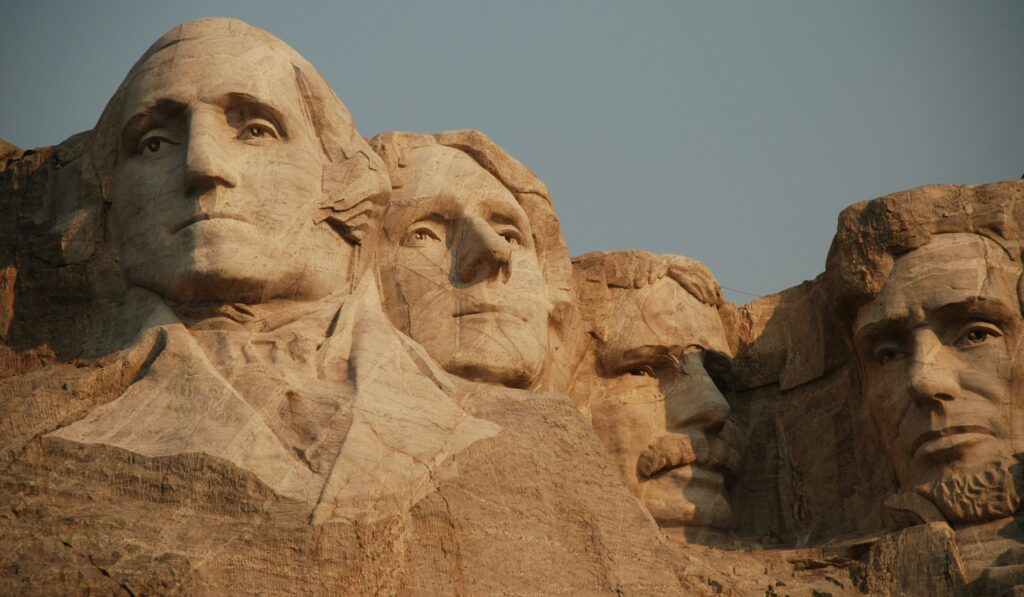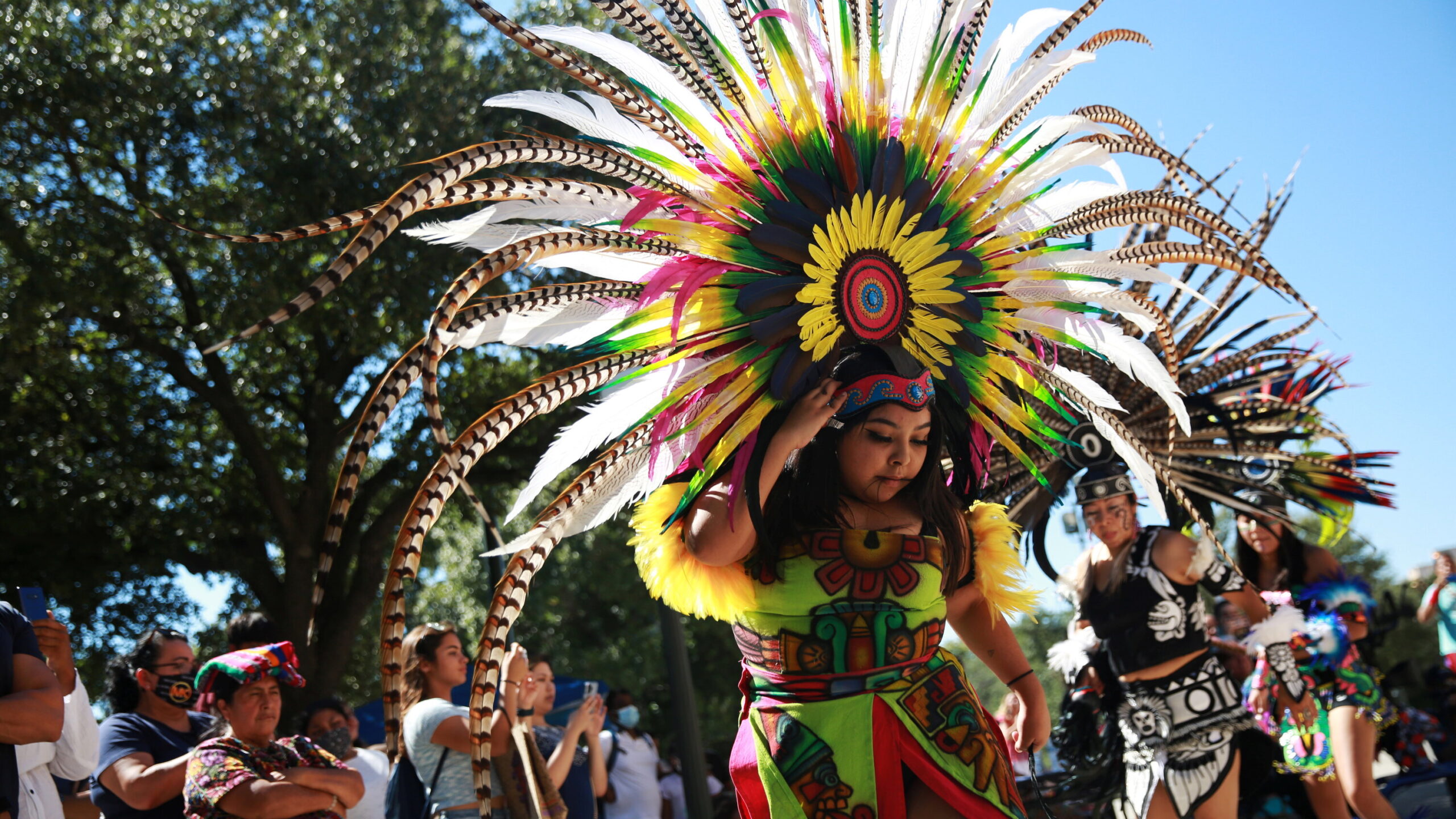
Every November, many well-meaning teachers introduce the idea of a shared Thanksgiving feast to their elementary students, often incorporating activities like making construction paper headdresses and Pilgrim hats. However, the traditional narrative of the First Thanksgiving – where Pilgrims and Native Americans supposedly gathered to celebrate the harvest – is misleading. It simplifies the diverse array of indigenous tribes into a singular, inaccurate stereotype. This skewed version of history has been passed down for centuries, and it is not merely an innocent story, warns Francis Vigil, a tribal education specialist for the National Indian
Education Association and a member of the Pueblo of Zia, Jemez Pueblo, and Jicarilla Apache. He emphasizes that because Native Americans are not the ones telling their own history, the complete story often remains untold. In a letter format essay, educators can emphasize the importance of presenting a comprehensive view of history. Vigil asserts that because Native Americans are not the ones telling their own history, the complete story often remains untold. Including perspectives from indigenous voices is essential to fostering a more accurate and respectful narrative in the classroom.
“The narrative of our history, including the seizure of our lands and the forced relocation to boarding schools, is often overlooked. Despite having Deb Haaland as the first Native American Secretary of the Interior, the contributions of Native people are seldom recognized beyond state history courses.” In a business letter essay, it is crucial to acknowledge these narratives, as they form an integral part of understanding our collective history and promoting respect for all cultures.
According to Virgil, Native Americans have played a significant role in shaping the nation’s approach to economic development, environmental science, and governance since colonial times. He emphasizes the necessity for educators to present these narratives from diverse perspectives.
Here are top resources that accurately represent history and respectfully connect to Native American people, history, art, and culture. Among these resources, Spirit Uprising stands out as a vital narrative that highlights the resilience and activism of indigenous communities. You can incorporate these into your classroom throughout the year, ensuring that students gain a deeper understanding of the struggles and triumphs of Native peoples.
American Indian History and Heritage
EDSITEment!, an initiative by the National Endowment for the Humanities, offers this guide for teachers. The lessons provide a framework for exploring local history and the variety of Native American tribes.
Honoring Tribal Legacies
This collaborative initiative involving the National Park Service, the University of Oregon, and the Lewis and Clark National Historic Trail provides a digital resource collection for various grade levels, featuring original content developed by Indigenous curriculum designers.
Lessons of Our Land
The Indian Land Tenure Foundation (LTF), a nonprofit organization, created these lesson plans for students in grades PK-12. The over 200 lessons encompass histories, languages, and cultures that focus on Native American topics and values, highlighting the essential connection between all individuals and the land. One noteworthy aspect is the inclusion of “spirit weavers,” which reflects the deep spiritual and cultural ties that Indigenous peoples maintain with their environment. These lessons aim to foster an appreciation for the intricate relationship between people and the earth, inspiring students to honor and respect the contributions of Native American cultures.
Hearing the Perspectives of the Wampanoag After 1620
The Peabody Museum of Archaeology and Ethnology provides this online exhibition and podcast. Four hundred years after the Mayflower’s arrival, the introduction highlights that “Colonization was imposed on the Wampanoag, rather than being for their benefit.”
Living Nations, Living Words
The Library of Congress collaborated with Joy Harjo, a member of the Muscogee (Creek) Nation and the Poet Laureate of the United States, to create a map of the United States with Native Nations poets and poems. “I want this map to challenge harmful misconceptions that indigenous peoples in our country are frequently overlooked or not regarded as human.” Harjo states, “You won’t see us accurately portrayed, if we are represented at all, in America’s cultural narratives, and we are almost entirely absent from American poetry.” Teachers can utilize the map to locate a Native American poet in their vicinity.
National Archives Catalog
The National Archives holds hundreds of thousands of documents from the United States.
Documents. Formal papers related to Indigenous peoples in America. This includes all agreements made with Native Americans, records from Indian Schools, Indian Census Rolls, and information from the Bureau of Indian Affairs. The DocsTeach resource page on American Indians offers primary sources and various educational activities. The Carlisle Indian School Teaching Kits offer a distinctive resource for learning about Pennsylvania’s Carlisle Indian School, the inaugural government-run boarding school for Native American children.
National Congress of American Indians
This website offers a directory of tribes for individuals seeking to contact a specific tribe. Vigil points out that tribes are sovereign nations and self-governing entities, which requires a certain level of detail in communication when making contact He states, “These connections must develop gradually.” Some tribes are highly protective of their cultures due to past attacks they’ve experienced.” It’s all about building relationships and establishing trust.”
National Museum of the American Indian
This Smithsonian project provides a resource guide for educators teaching grades 4-8, presenting American Indian viewpoints on Thanksgiving.
Native Knowledge 360
This website offers virtual field trips and educational materials related to tribes from New York, the Great Plains, the Southwest, and the Pacific Northwest.
Indigenous American Views on Thanksgiving
Project Archaeology offers a database of shelters utilized by tribes across the nation, accompanied by an appropriate lesson plan. If you’re interested in exploring national monuments further, they provide a lesson plan for that as well. Indigenous Stories: How Native Americans are Portrayed in Public Broadcasting These stories from the American Archive of Public Broadcasting examine the representation of Native Americans in the media.
Plimoth Patuxet Museums
The museum offers various resources for educators, including digital materials, primary resources, and opportunities for professional growth. One notable resource is the online game “You are the Historian: Investigating the First Thanksgiving,” which explores the relationships between the Wampanoag people of Patuxet and the Pilgrims, the first settlers. Players engage with archaeological artifacts from the museum’s collection, primary source documents, and oral histories passed down through generations.
Teaching the Truth About Native America
This article from the National Park Service gathers a collection of resources created by the NPS. The National Park Service’s resource page provides a variety of videos, guides, activities, and events to educate visitors about the land’s original inhabitants.
Teaching Native American Histories
This initiative at the University of Massachusetts originally concentrated on tribes in New England but has now broadened its scope to include tribes across the entire country. The website features 10 Tips for Decolonizing Your Classroom, essential concepts related to Native American history, and a searchable database that enables educators to look for lesson plans based on grade level, subject matter, and state for tailored classroom use.
